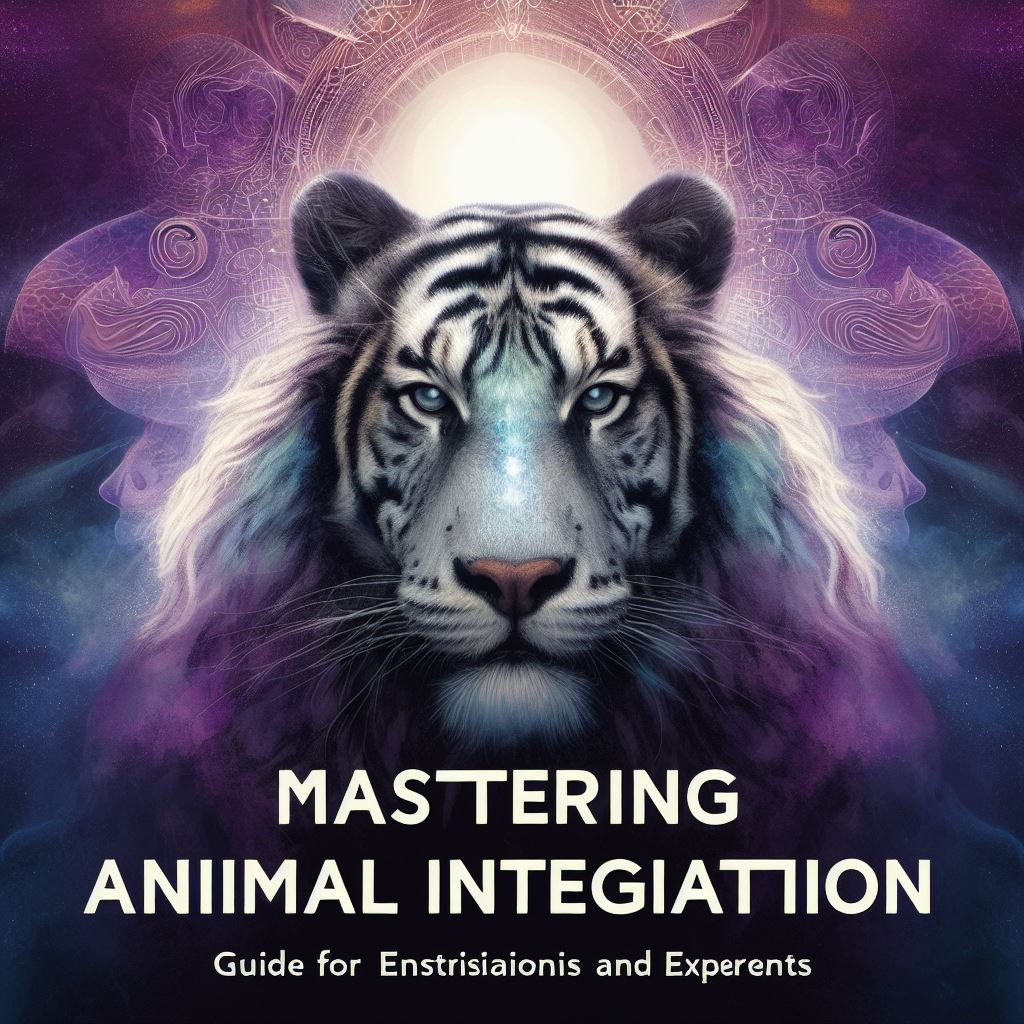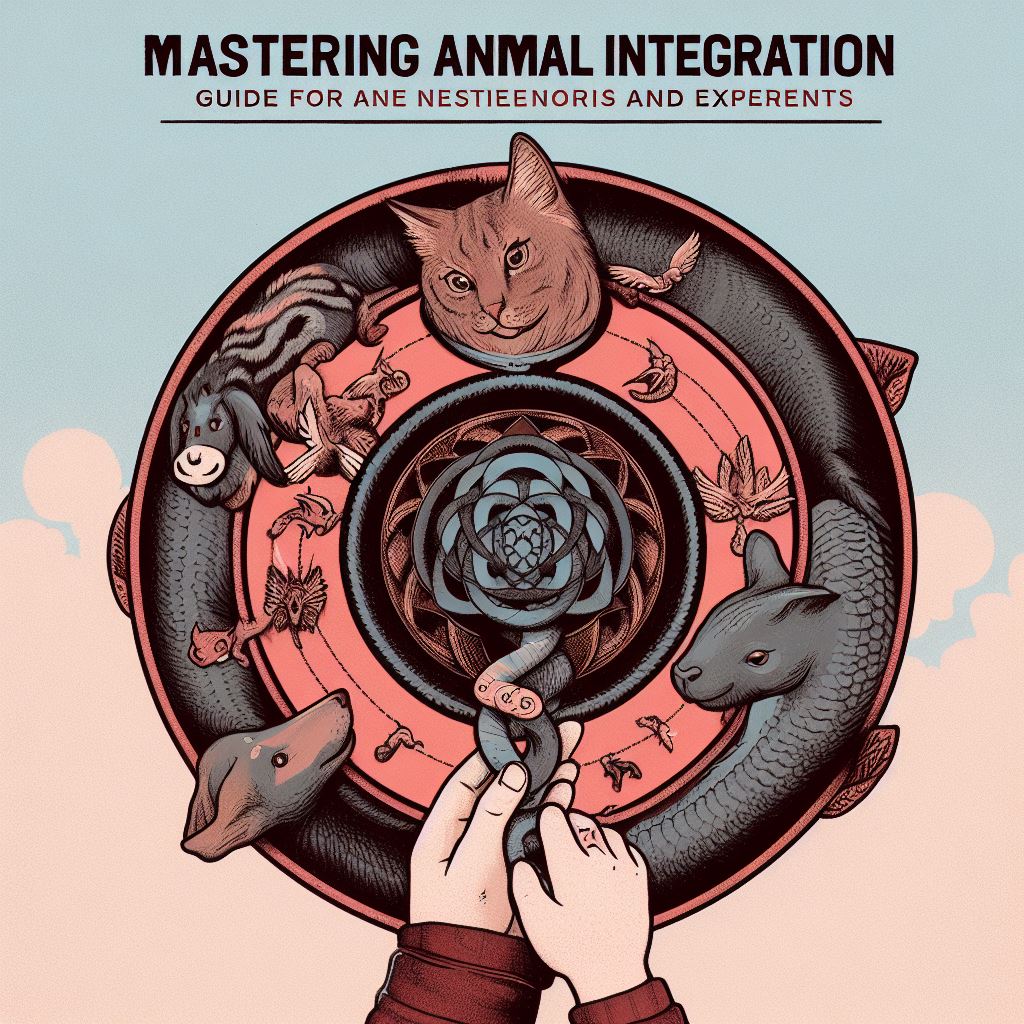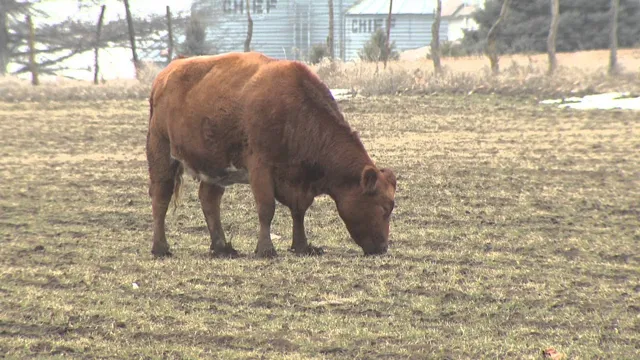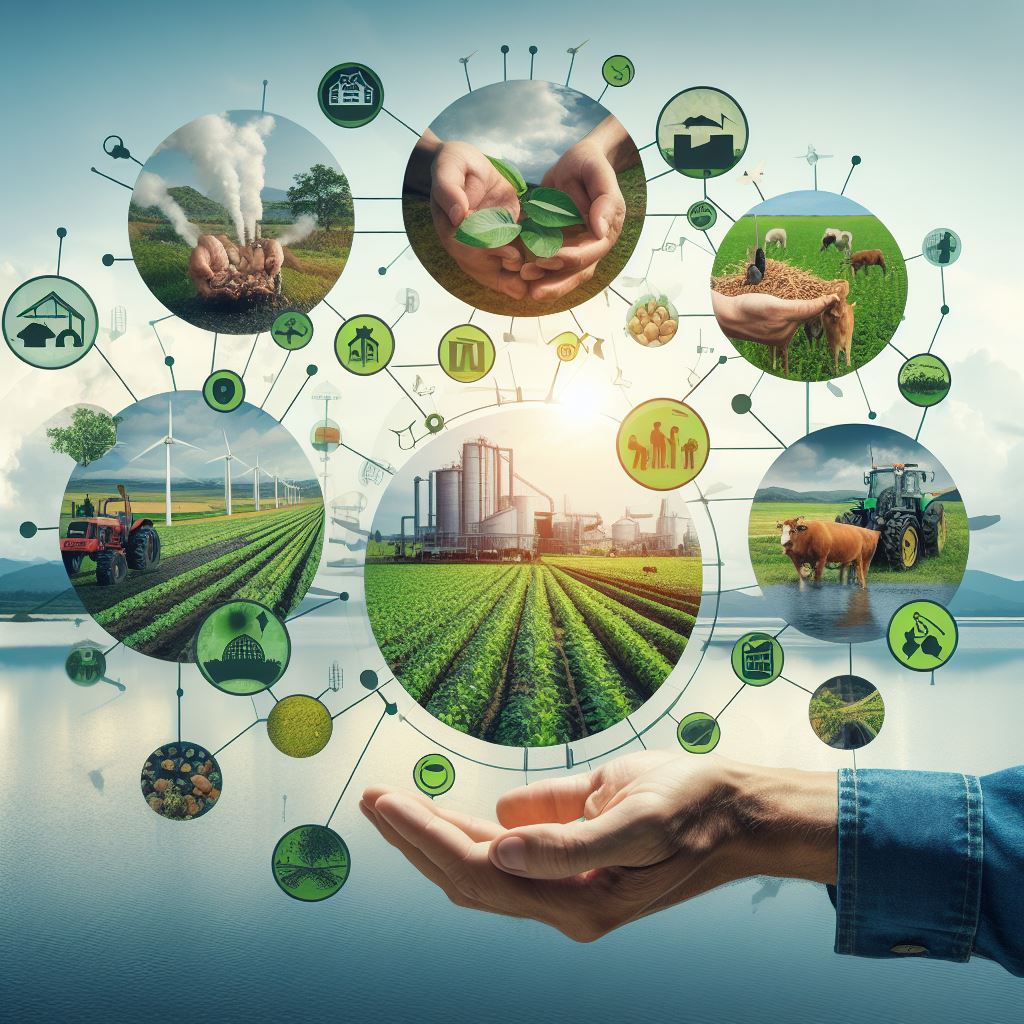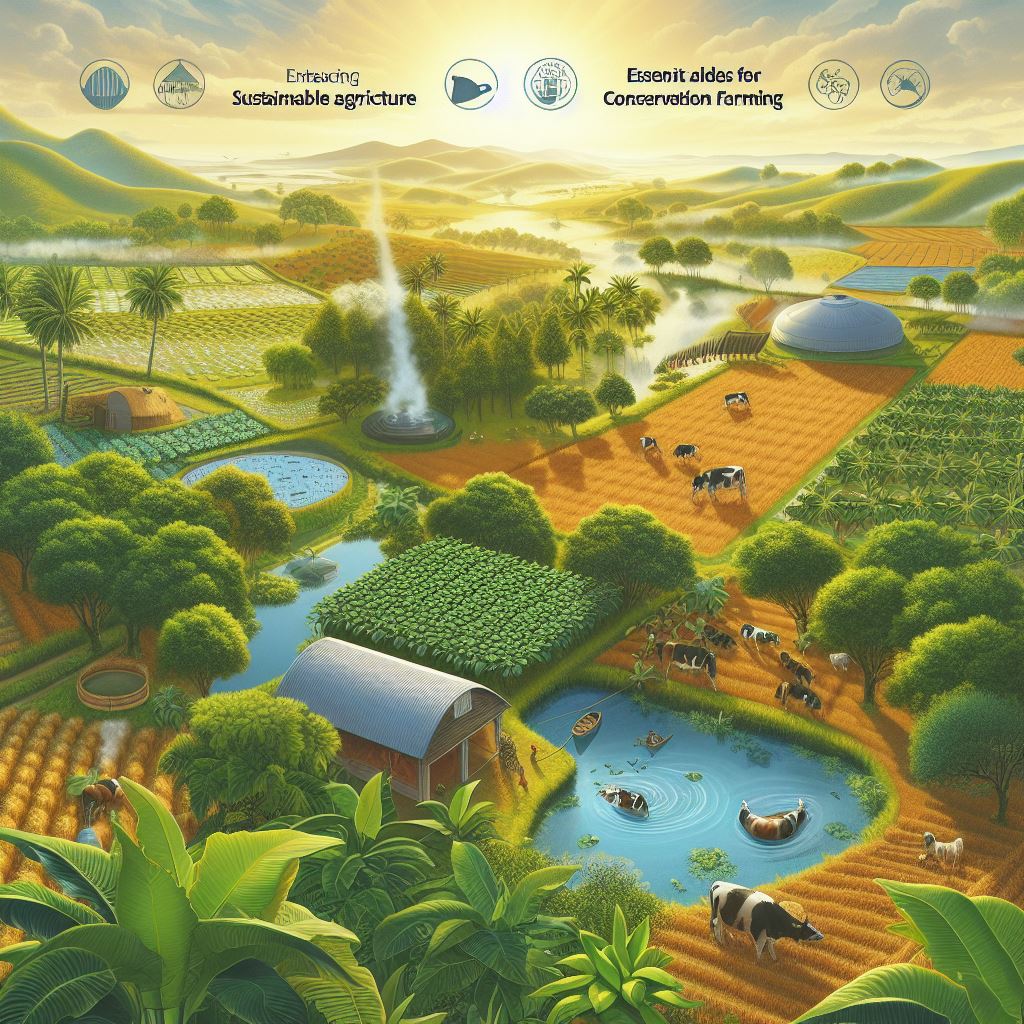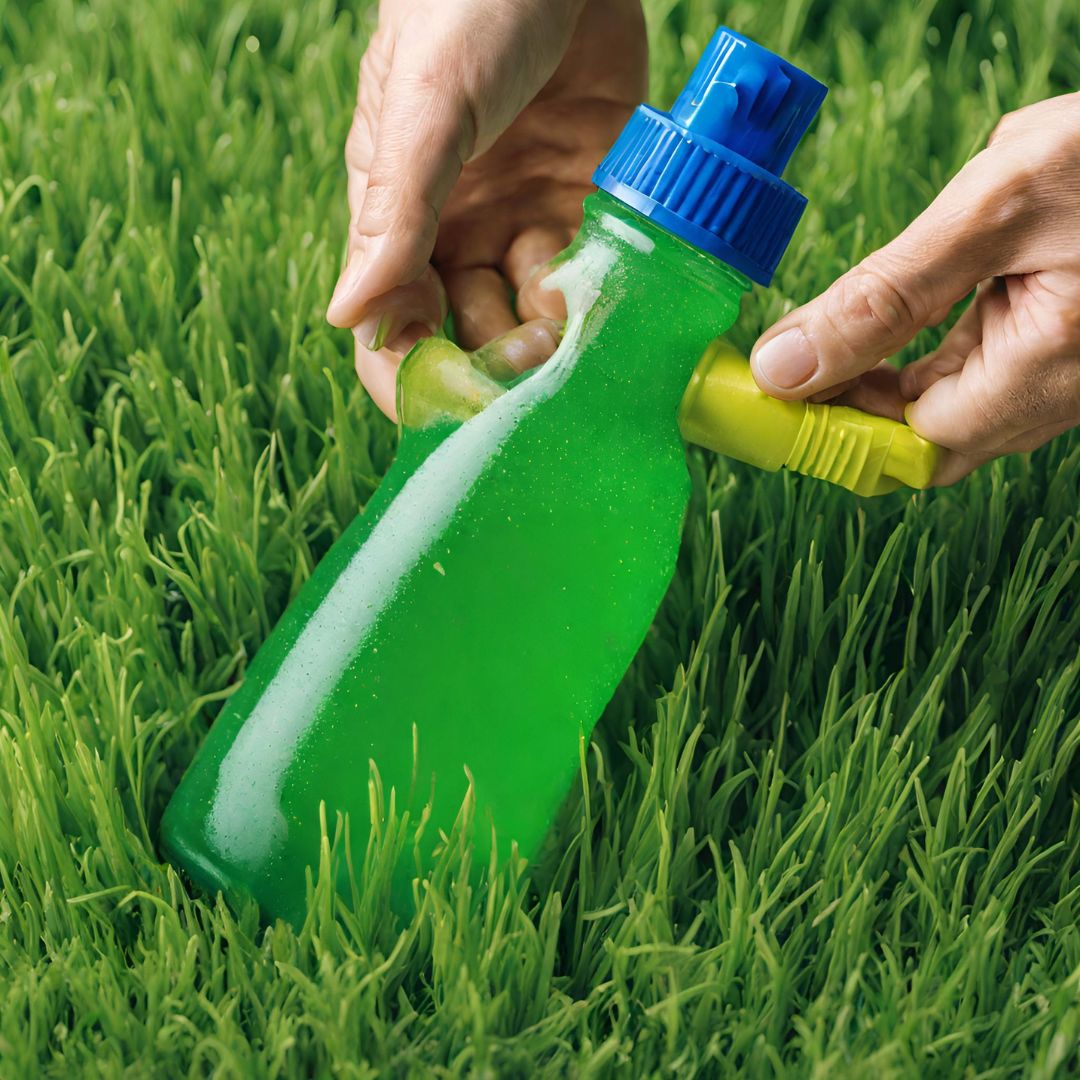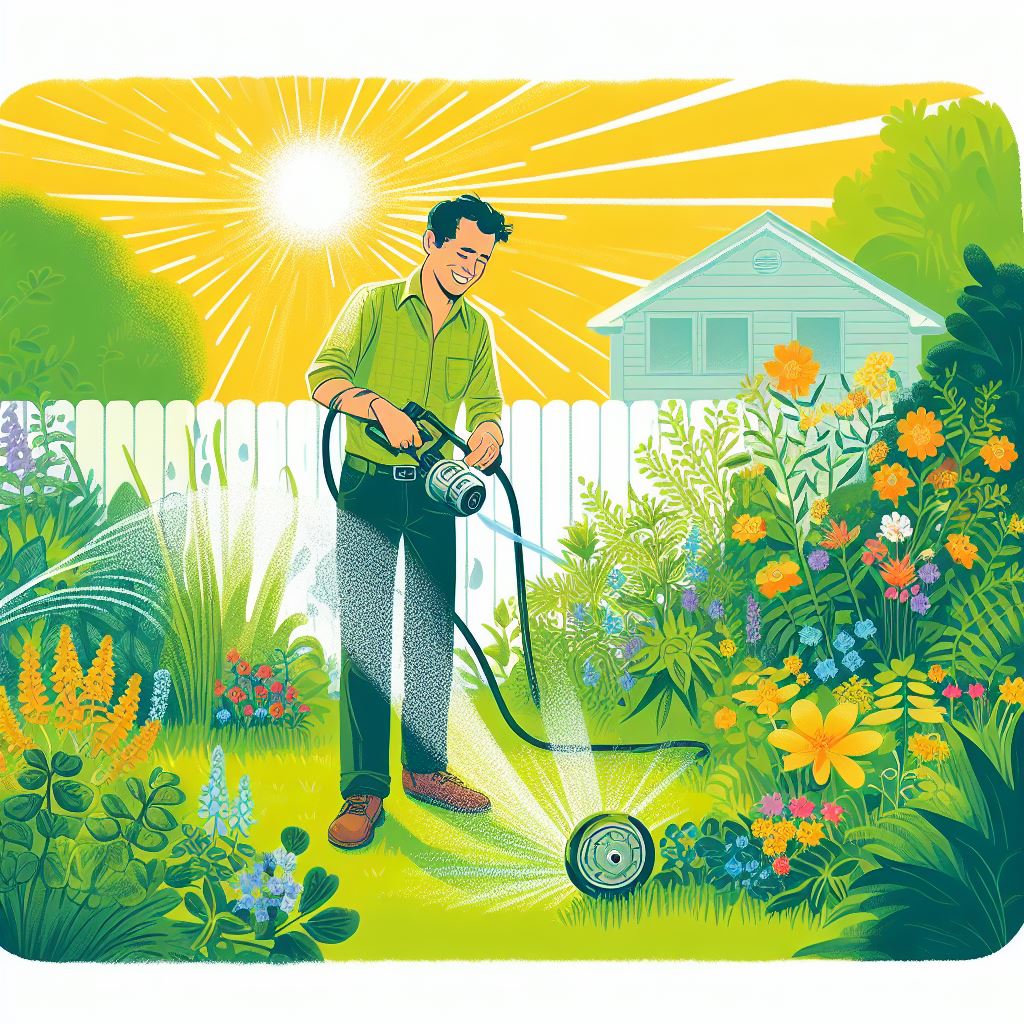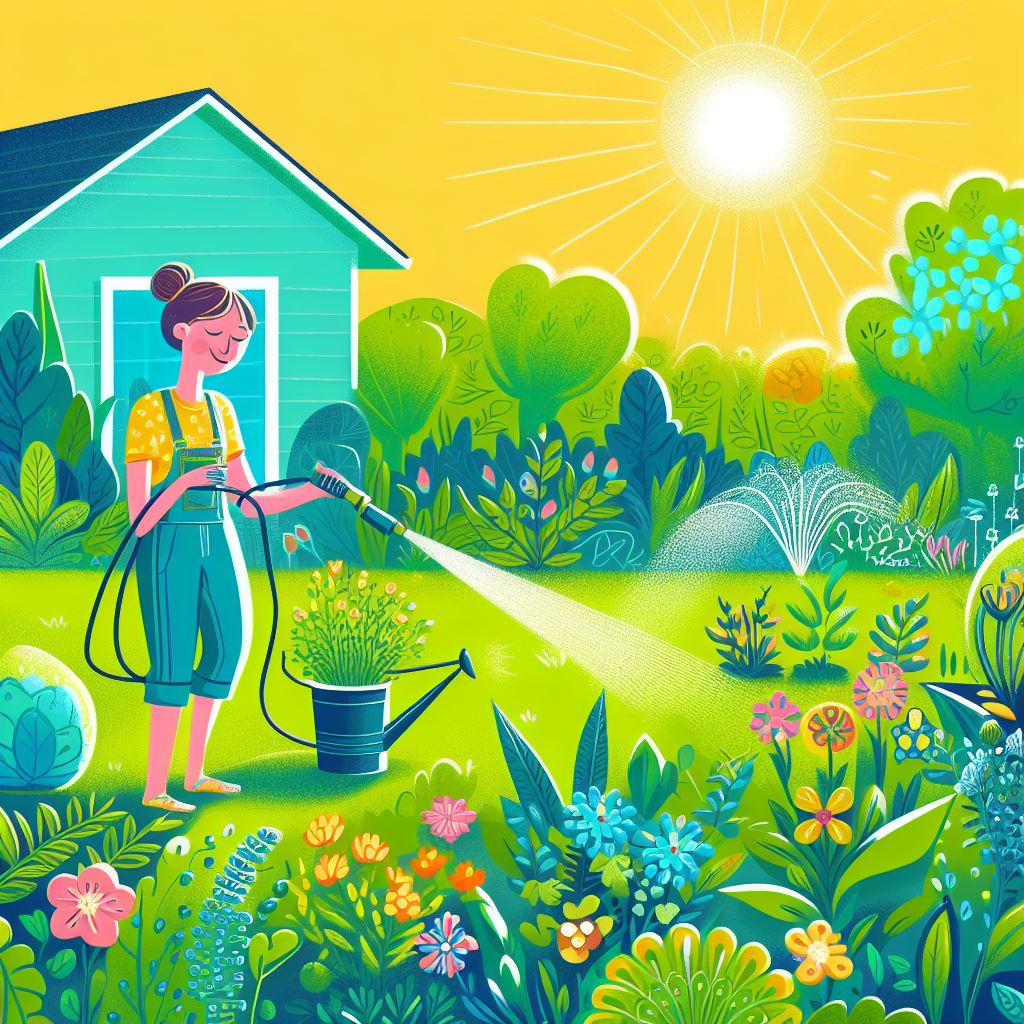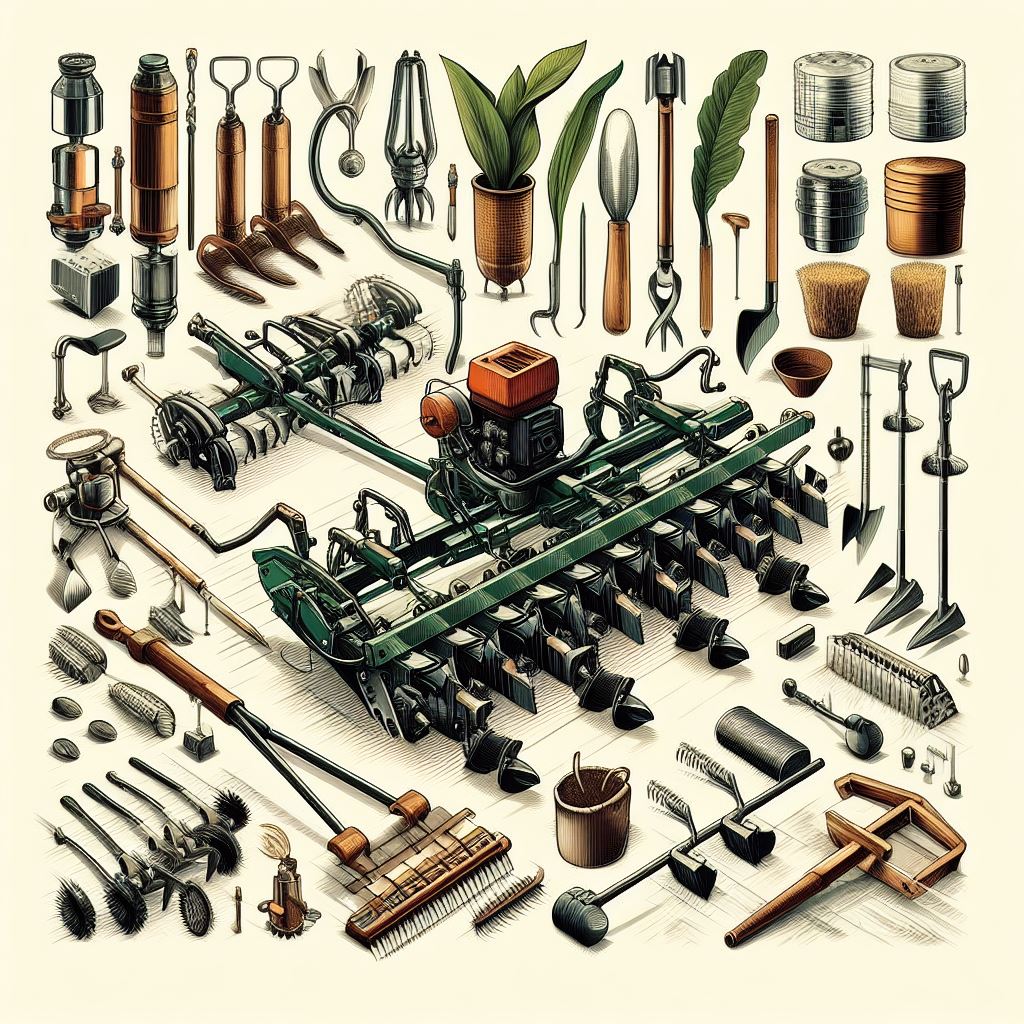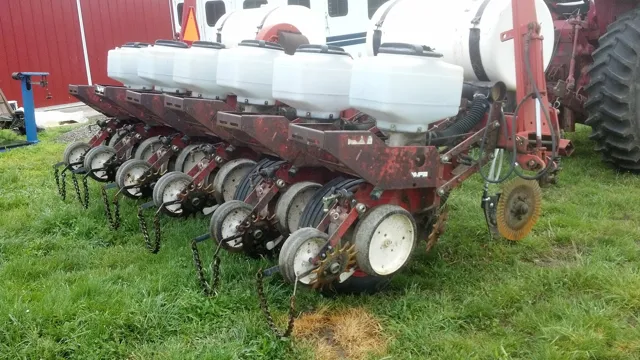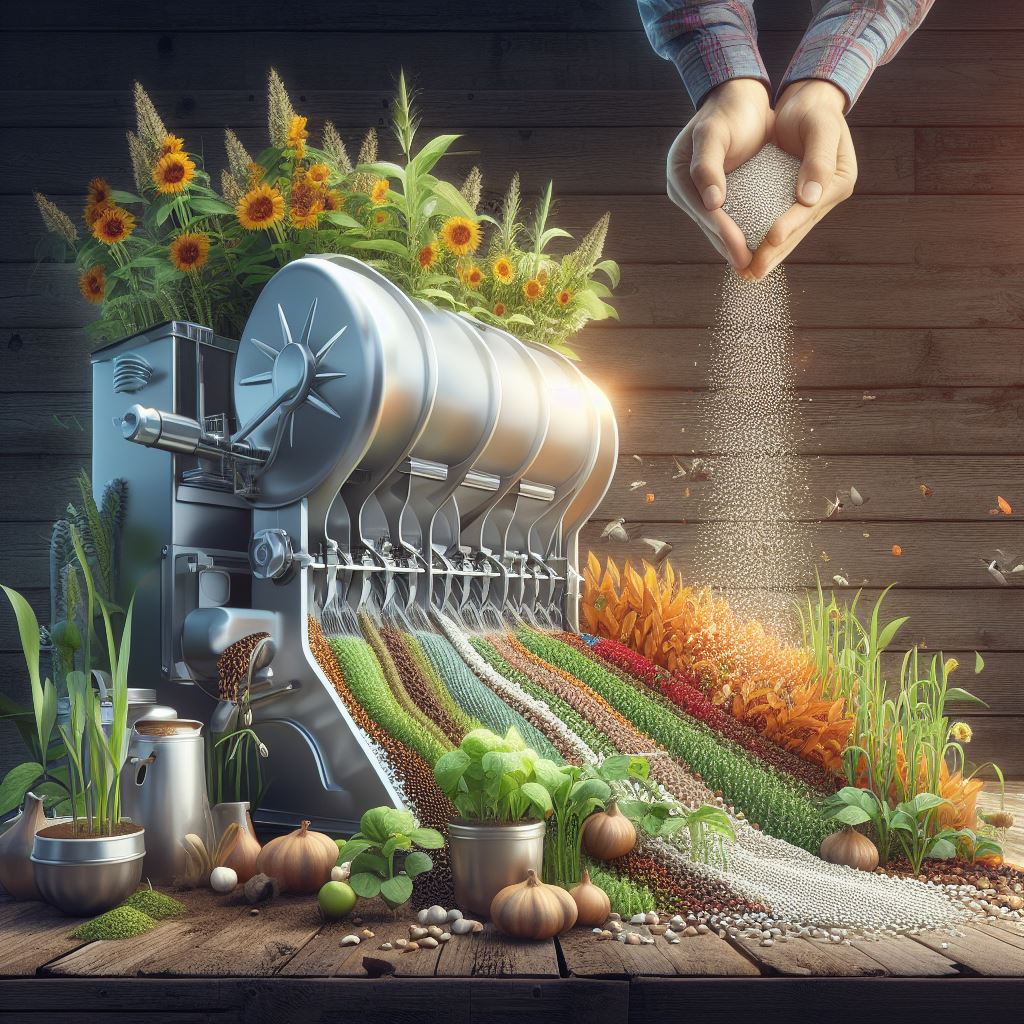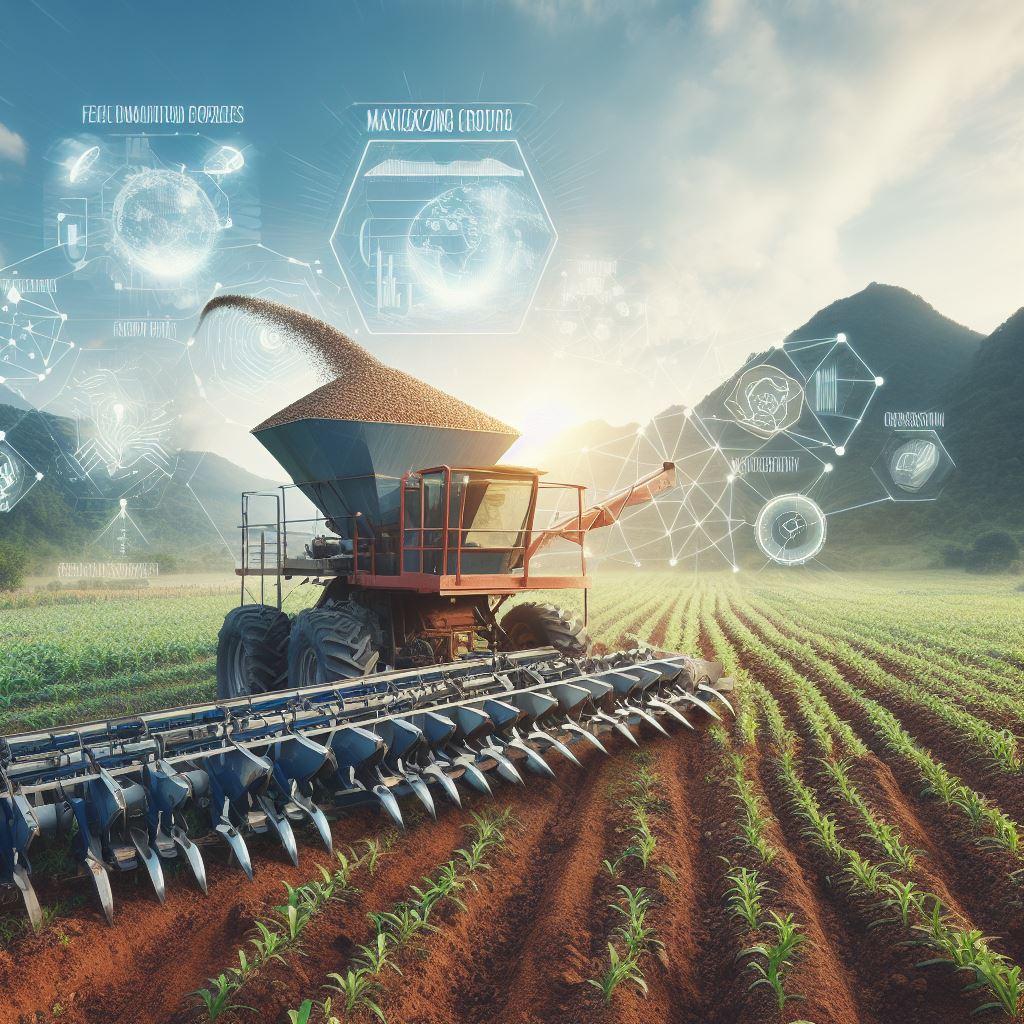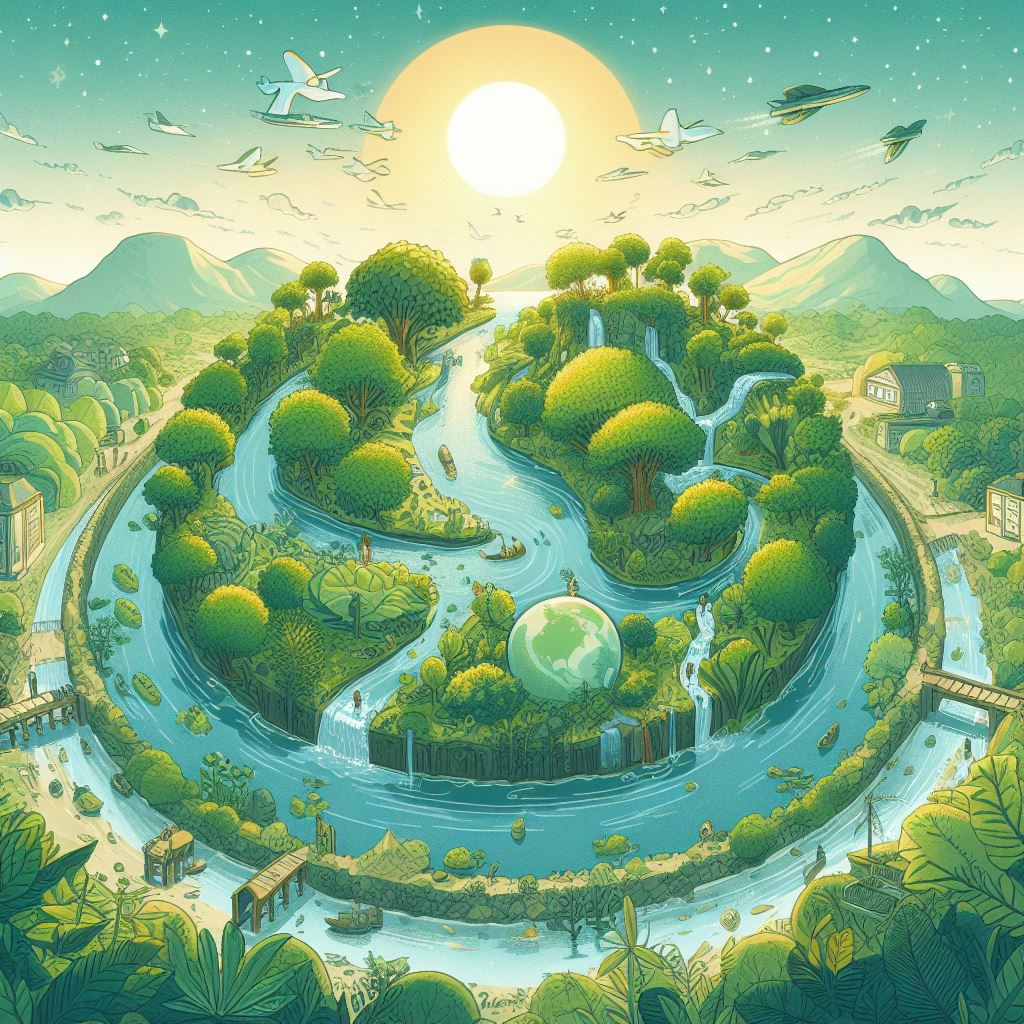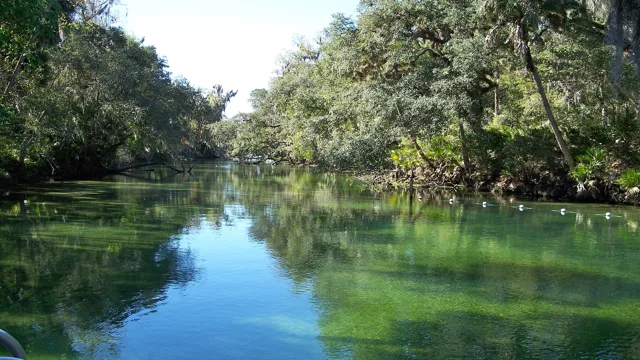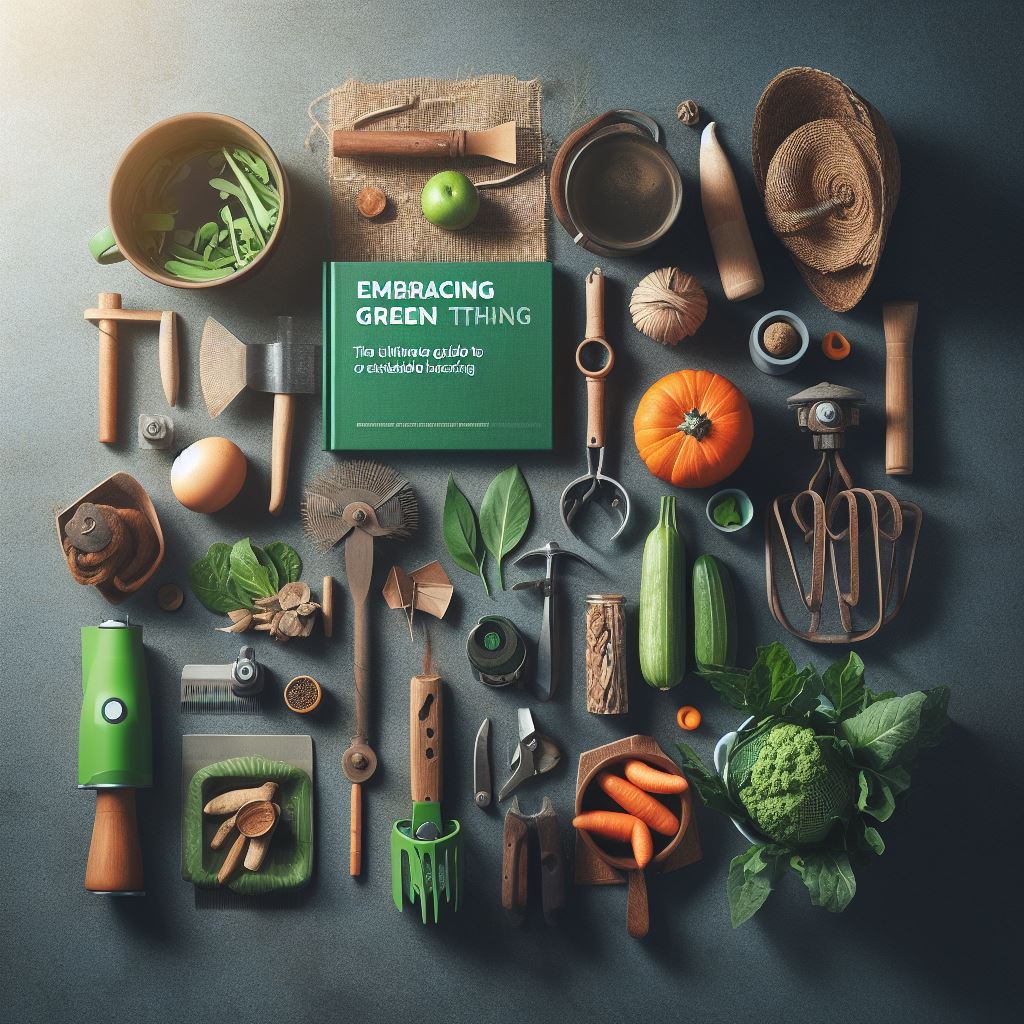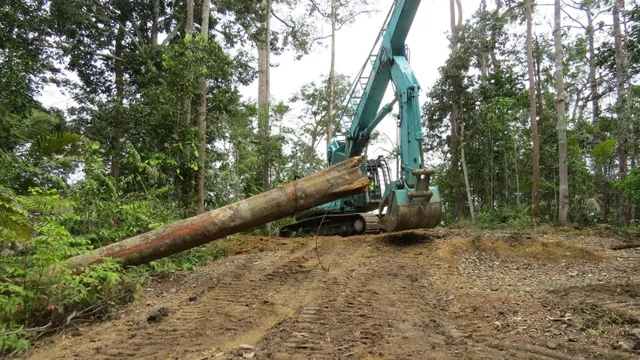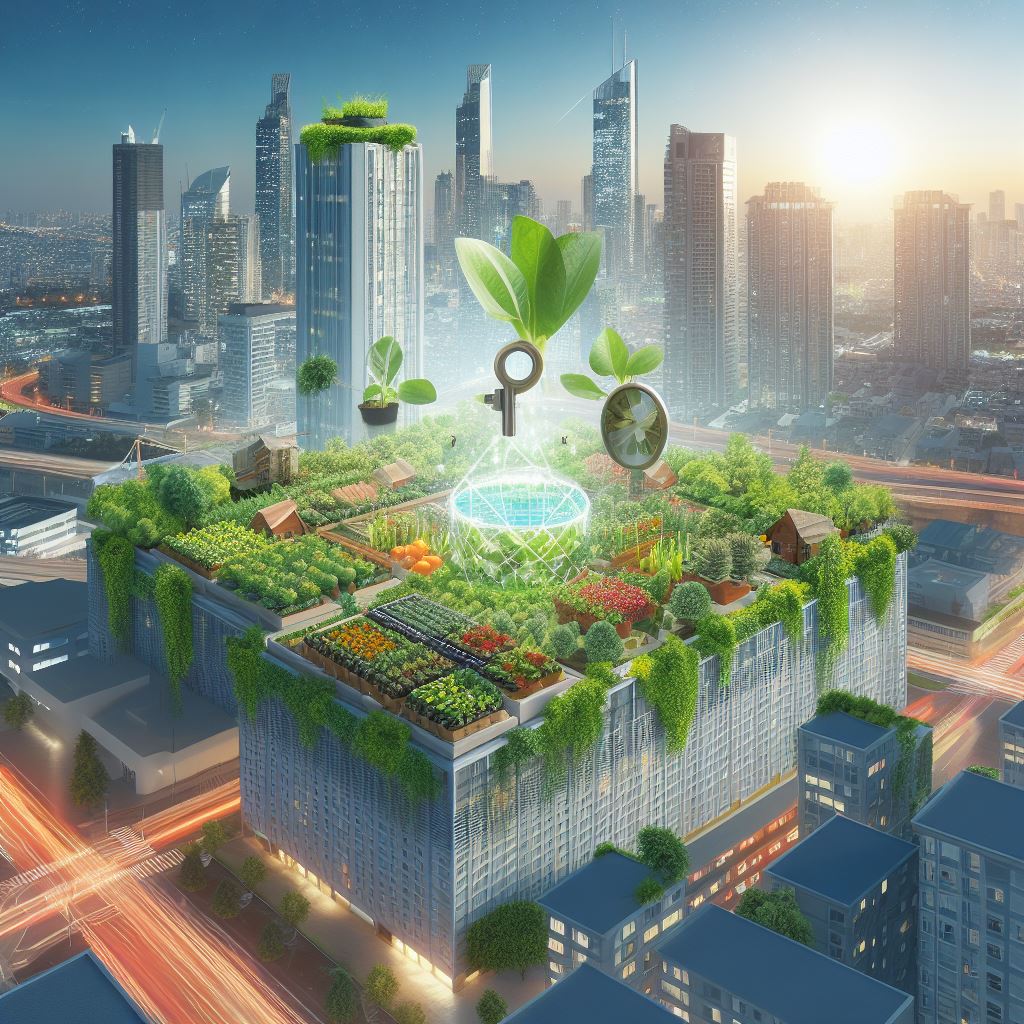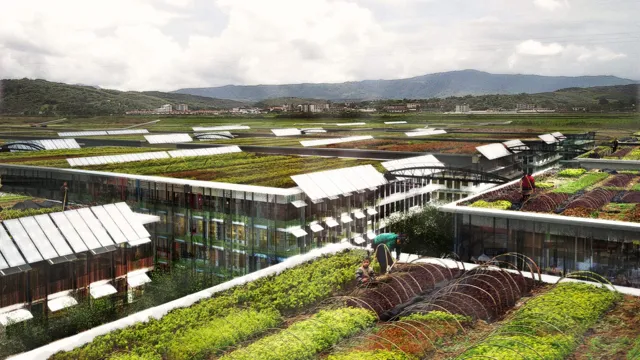Across the globe, water scarcity is an issue that continues to escalate and demands an innovative approach to conservation. One groundbreaking solution is the use of drought-resistant piping. This revolutionary technology is designed to withstand periods of intense dryness, ensuring a consistent and reliable water supply.
In this comprehensive guide, we will delve into the intricacies of drought-resistant piping, exploring its design, benefits, and how it’s paving the way for a sustainable future. Immerse yourself in this life-changing innovation that seeks to combat one of the world’s most pressing environmental challenges.
Understanding Drought Resistant Piping
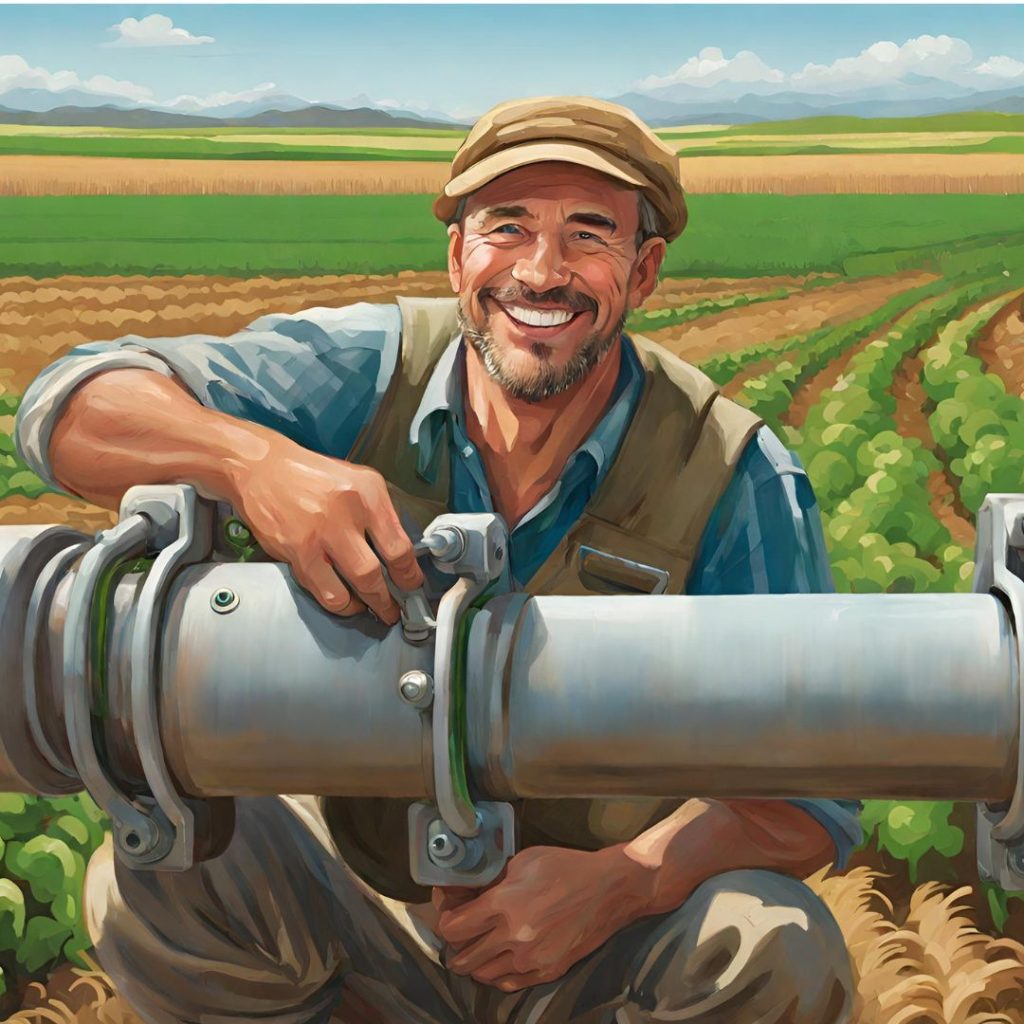
As we continue to grapple with the effects of climate change, water scarcity has become a significant concern. Consequently, the need for drought-resistant piping has grown exponentially over the past few years. But what exactly is drought-resistant piping? In essence, drought-resistant piping is a water conservation method that focuses on using pipes that are not prone to leaks or breakage.
These pipes are designed to withstand harsh environmental conditions, including prolonged periods of drought, without compromising their functionality. Traditional piping systems are often susceptible to leaks and ruptures, leading to massive water wastage. In contrast, drought-resistant piping offers a highly effective solution for preserving this precious resource.
This innovative solution is not just about the pipes themselves but also the materials used in their manufacture. These pipes are typically made from highly durable materials that can endure the unforgiving conditions associated with drought. As a result, they guarantee longevity and reduced maintenance costs, making them a cost-effective solution in the long run.
In a world where every drop of water counts, adopting drought-resistant piping systems can play a pivotal role in water conservation. It represents a proactive step towards ensuring a sustainable future where water scarcity is no longer a threat. So, while drought resistant piping may seem like a small change, its impact on our planet’s water conservation efforts is monumental.
Let’s embrace this ingenious solution and inch closer to a more sustainable and water-secure world.
Definition of Drought Resistant Piping
“Drought Resistant Piping: A Lifeline in Arid Regions” Drought-resistant piping is an innovative solution designed to ensure water efficiency in arid regions. This ingenious technology helps maintain an optimal water supply by reducing water wastage and promoting conservation. Crafted from robust materials, these pipes are less prone to leakages and ruptures, thus ensuring a steady and reliable water supply.
They are a testament to human ingenuity, a beacon of hope for regions grappling with water scarcity, and a crucial tool in the fight against the global water crisis. These aren’t just pipes; they are lifelines, underscoring the adage, “Every drop counts.”
Importance of Drought Resistant Piping
Drought-resistant piping is not just a buzzword in the plumbing industry; it’s a crucial component in water conservation efforts. With unpredictable weather patterns and increasing water scarcity, adopting drought-resistant piping has become more of a necessity than a choice. It’s about ensuring the precious resource of water is not lost to leaks and seepage.
In essence, drought-resistant piping is to plumbing what insurance is to life – a safeguard against unexpected losses. It’s a smart, environmentally conscious choice that offers long-term benefits, both for your wallet and the planet. It’s not just about plumbing smarter; it’s about living smarter.
Types of Drought Resistant Piping
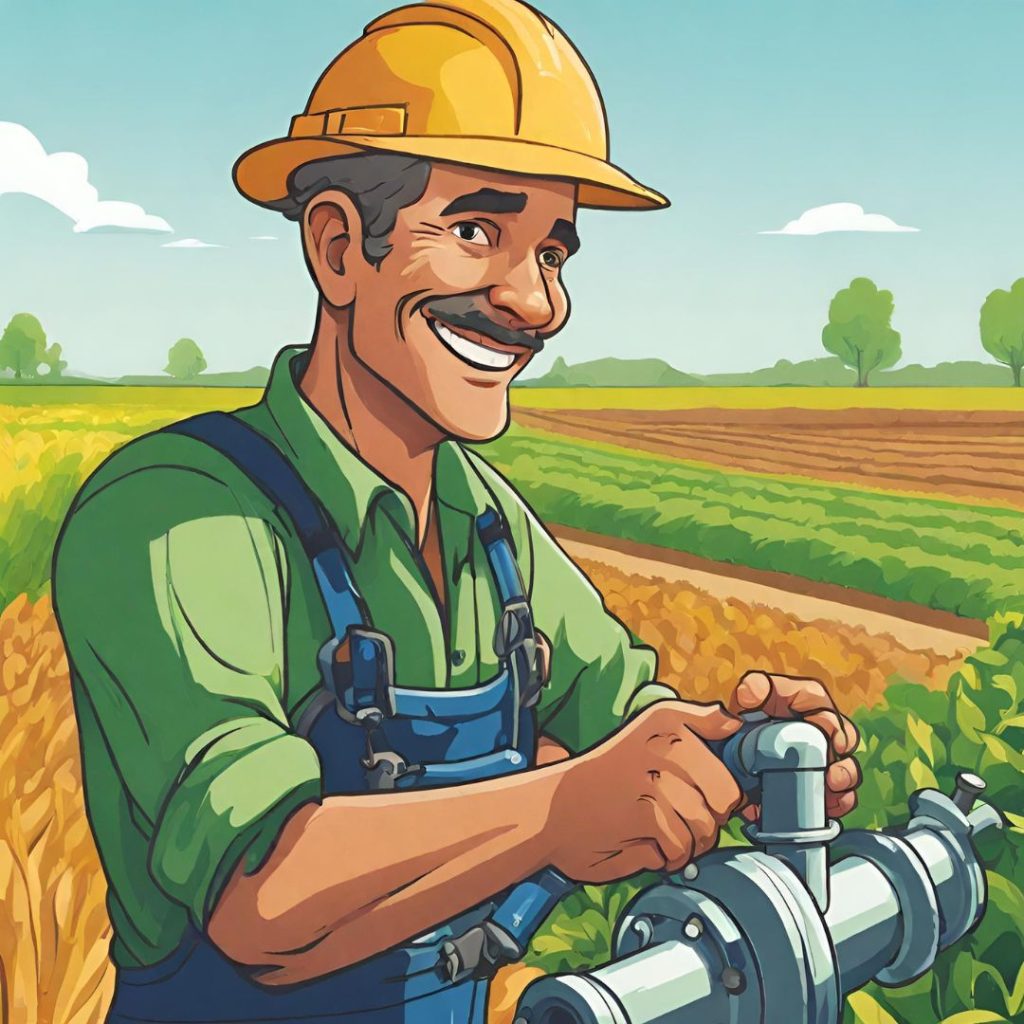
Drought Resistant Piping: An Oasis in the Desert of Water Scarcity The throes of water scarcity have compelled us to rethink our approach to water management. Enter drought-resistant piping – a sustainable and innovative solution to this escalating problem. This type of piping system, engineered with cutting-edge technology, is designed to withstand the harshest of drought conditions, ensuring a consistent water supply even when the environment is arid and unforgiving.
Drought-resistant piping comes in various types, each with unique features and benefits. For instance, High-Density Polyethylene (HDPE) pipes, known for their high strength-to-density ratio, provide unrivaled resistance to corrosion and weather-related damage. Meanwhile, Cross-Linked Polyethylene (PEX) pipes offer flexibility and durability, making them an ideal choice for areas prone to ground movement due to dry conditions.
Then there are Polyvinyl Chloride (PVC) pipes, which are not only resistant to drought but also boast a long lifespan and require minimal maintenance. Lastly, Ductile Iron pipes, revered for their longevity and resilience, can efficiently combat the effects of drought and ensure a steady flow of water. The beauty of these drought-resistant pipes is that they can adapt to arid conditions without sacrificing efficiency or durability.
They are the proverbial cacti of the piping world, thriving where others can’t. In a time where water conservation has become a global concern, these piping systems serve as a beacon of hope, ensuring that the tap of life never runs dry.
Plastic Piping
In the face of escalating water scarcity, the advent of drought-resistant piping is a beacon of hope. This innovative solution, predominantly made from plastic, offers a resilient, eco-friendly alternative to traditional piping systems. With its superior durability and minimal leakage, drought-resistant piping is a game changer, ensuring optimal water conservation in the direst of drought conditions.
It’s not just about weathering the storm but doing so with efficiency and ingenuity. Hence, when it comes to piping systems, it’s time to embrace this new wave of drought-resistant technology – a true testament to human ingenuity amidst environmental adversities.
Metal Piping
In the face of escalating water shortages, the integration of drought-resistant piping solutions has become a paramount consideration. Metal piping, with its robust durability and impermeability, emerges as an excellent choice for this purpose. It’s an innovative approach that not only enhances water conservation but also provides a sturdy, low-maintenance solution for long-term use.
With metal piping in place, water loss due to leakages and evaporation can be significantly reduced, making it a smart and sustainable choice in our collective battle against drought. So, it’s high time we embraced this resourceful ally in our water conservation efforts.
Composite Piping
“Maneuvering through the Parched Landscape: Composite Piping as the Vanguard of Drought-Resistant Solutions” In the face of a parched world, we’re navigating new terrains with innovative solutions like drought-resistant piping. This isn’t your grandpa’s rusty old pipe, but a composite marvel, boasting durability and longevity in the harshest of conditions. Composite piping is the unsung hero of water conservation, stepping up to the plate when the heavens refuse to open up.
A clever innovation, it withstands the trials of drought, ensuring a seamless water supply while reducing wastage. So, let’s raise a glass (of water) to composite piping, our stalwart ally in the battle against drought.
Benefits of Drought Resistant Piping
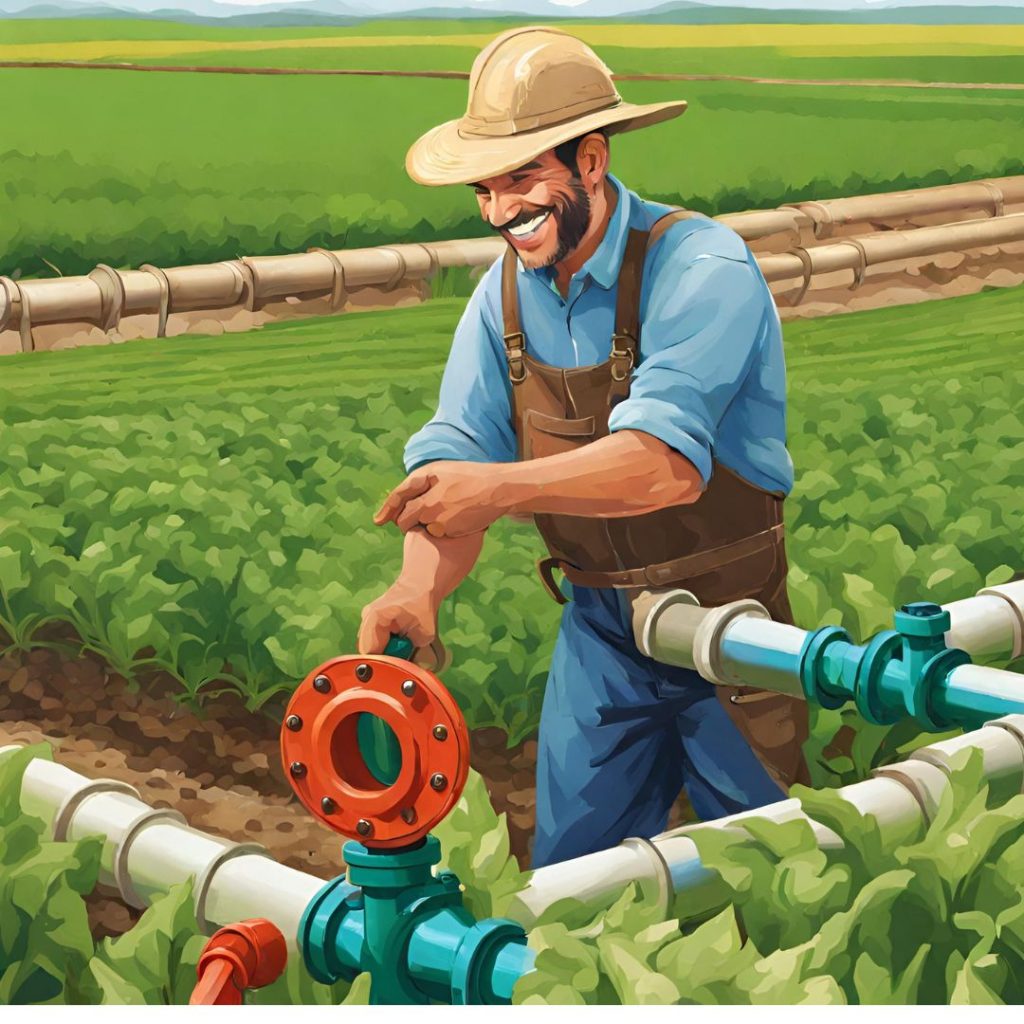
Harnessing the Power of Drought-Resistant Piping Systems In the face of the growing global water crisis, the importance of water conservation cannot be overstated. And this is where the innovation of drought-resistant piping comes into play. This ingenious solution not only helps in conserving the precious resource but also offers a plethora of other benefits.
Firstly, drought-resistant piping systems are designed to minimize water loss, ensuring every drop is utilized efficiently. This is a revolutionary step towards sustainable water management, especially in regions struggling with water scarcity. Secondly, these piping systems are built to withstand extreme climatic conditions.
They are crafted from robust materials that help resist possible damage from harsh weather, including prolonged dry spells. This durability translates into lower maintenance costs and longer operational life, making it a cost-effective solution for long-term use. Moreover, the installation of drought-resistant piping contributes to preserving the environmental balance.
Reducing water wastage it helps maintain the water table level and prevents unnecessary strain on natural water resources. This is not just a benefit but a necessity in the current environmental scenario. Lastly, these piping systems offer the flexibility to be used in various applications, from agricultural irrigation to residential water supply.
Their versatile nature makes them an ideal choice for diverse water distribution needs. In essence, the advent of drought-resistant piping systems is a testament to how technological advancements can aid in tackling pressing environmental issues. By adopting such sustainable solutions, we can ensure a secure water future for generations to come.
The benefits are clear; the time to act is now.
Water Conservation
In the realm of water conservation, drought-resistant piping emerges as a remarkable innovation. This ingenious contraption is a game-changer designed to withstand harsh, arid conditions, ensuring the efficient and uninterrupted flow of water. Apt for regions frequently plagued by droughts, these pipes dramatically reduce water loss, contributing significantly to conservation efforts.
So, not only does drought-resistant piping ensure the much-needed water supply, but it also champions environmental sustainability. Brace yourselves as we delve deeper into the intricacies of this remarkable feat of engineering, transforming the landscape of water management.
Cost Effectiveness
In the realm of practical and eco-conscious investments, the efficiency of drought-resistant piping cannot be overstated. Its ability to conserve water in arid regions is not only a testament to ingenious engineering but also a cost-effective solution for both homeowners and business entities. This smart approach to water management is not just about saving pennies but also about contributing to a sustainable future.
So, let’s navigate the world of drought-resistant piping together, a realm where practicality meets ingenious innovation and significant cost savings.
Installation of Drought Resistant Piping
Navigating the Installation of Drought-Resistant Piping As the world experiences escalating climate changes, one of the most significant challenges we face is increasing water scarcity. This has necessitated the development of innovative solutions, one of which is the installation of drought-resistant piping. A revolutionary approach to managing water resources, this technology is a game changer in water conservation.
Drought-resistant piping is designed to minimize water loss through evaporation and seepage, a common issue with traditional piping systems. These pipes are crafted using materials that are resistant to the harsh conditions associated with drought, ensuring the piping system remains effective even in extremely dry conditions. The installation process may seem daunting, but with a seasoned professional at the helm, it becomes a walk in the park.
It’s a simple exchange where old, wasteful systems are replaced with efficient, sustainable infrastructure. The installation process involves identifying the old, leaky pipes, excavating them, and replacing them with efficient, drought-resistant pipes. While the upfront cost may be higher than your standard piping, the long-term return on investment is substantial.
The amount of water saved over time can lead to significant cost savings on water bills, making it a smart investment for any homeowner or business. In conclusion, the installation of drought-resistant piping is not just a wise decision in the face of changing climatic conditions but also a strategic investment that yields long-term dividends. A sustainable solution to water management, drought-resistant piping is an innovation that is here to stay.
Frequently Asked Questions (FAQs)
What is meant by the term ‘drought-resistant piping’?
Drought-resistant piping refers to a type of piping system that is designed to resist the harsh conditions of drought. This can include being resistant to extreme heat, dryness, and fluctuations in water supply.
How does drought-resistant piping work?
Drought-resistant piping works by utilizing materials and designs that can withstand extreme drought conditions. They may use materials that are less prone to cracking or breaking in dry environments or designs that minimize water loss through evaporation or leakage.
Why is it important to use drought-resistant piping?
Using drought-resistant piping is important in areas prone to drought because it ensures a reliable water supply even in harsh conditions. It reduces the risk of pipeline failure, which can lead to water shortages, and it can also reduce water waste.
What are some examples of where drought-resistant piping might be used?
Drought-resistant piping can be used in a variety of settings, including agricultural irrigation systems, municipal water supply systems in drought-prone areas, and in industrial processes that require a reliable water supply.
What materials are commonly used in drought-resistant piping?
Common materials used in drought-resistant piping include PVC, which is resistant to temperature fluctuations and UV radiation, and HDPE, which is highly durable and resistant to cracking. Other materials may also be used depending on the specific requirements of the application.
Are there any downsides to using drought-resistant piping?
While drought-resistant piping offers many benefits, it can also be more expensive than traditional piping materials. However, the long-term benefits, such as reduced maintenance costs and lower water waste, often outweigh the initial investment.
Conclusion
Drought-resistant piping is the unsung hero in the battle against water scarcity. It’s like the Sherlock Holmes of water conservation, quietly solving the mystery of water loss while ensuring the precious resource makes its way unscathed, from source to tap. A witty way to comprehend it is – it’s the camel of the plumbing world, designed to thrive where water is scarce.
Ingenious yet underappreciated, it’s high time we give these pipes the credit they deserve, for they truly embody the adage, “a drop saved is a drop earned”.

